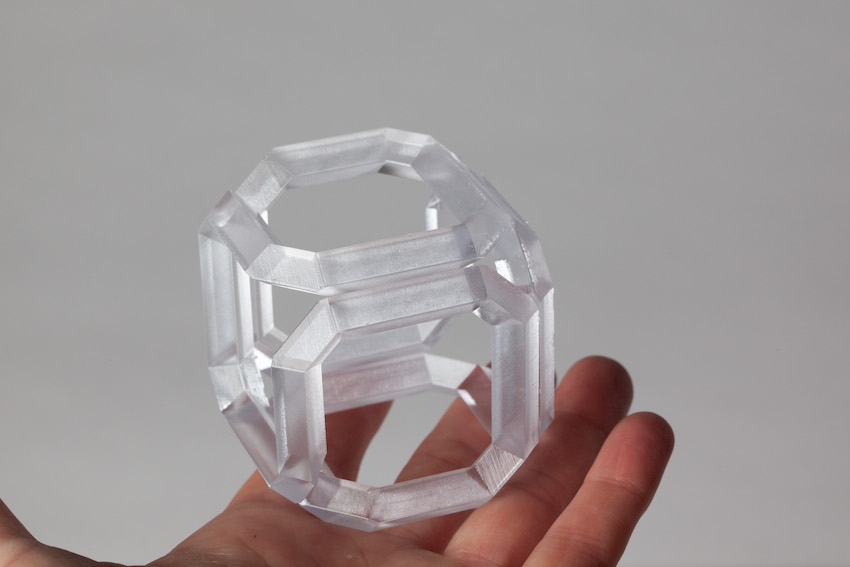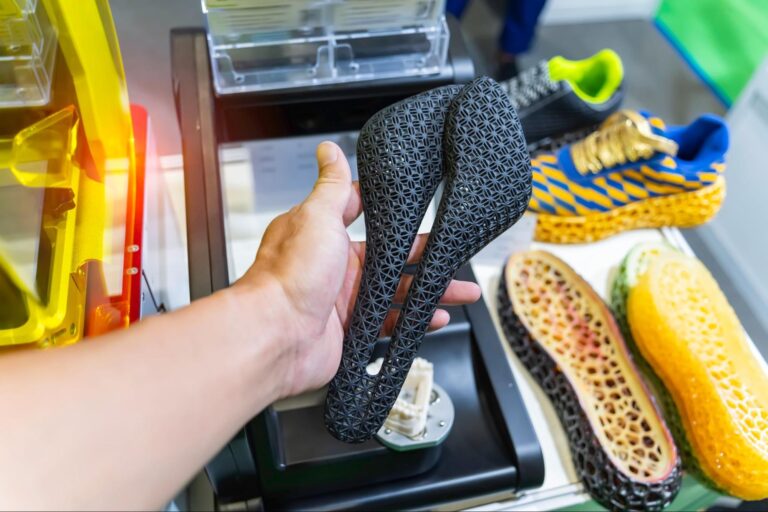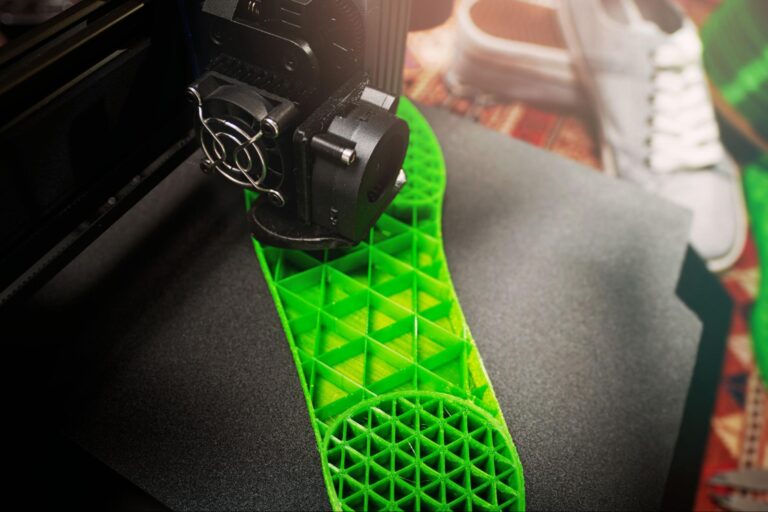Accura 60 is a photopolymer resin commonly used in Stereolithography (SLA) 3D printing technology. It’s known for its high clarity, durability, and resistance to yellowing over time. Here are some common applications for Accura 60 in 3D printing:
Transparent Prototypes: Accura 60 is often used to create prototypes and models requiring high optical clarity. This makes it suitable for applications where transparency is essential, such as visual prototypes of products with transparent components.
Lighting Components: It is used to manufacture components for lighting fixtures, including light covers, lenses, and diffusers. The material’s clarity allows it to transmit light effectively, making it ideal for these applications.
Automotive Lighting: Accura 60 is used in the automotive industry for prototyping and producing clear lenses and covers for headlights, taillights, and turn signals.
Aerospace Components: In aerospace applications, where optical clarity and durability are crucial, Accura 60 can be used for creating clear windows, lenses, and sensors.
Medical Devices: The material’s biocompatibility and optical properties make it suitable for producing clear components in medical devices, such as housings for diagnostic equipment and optical lenses.
Consumer Electronics: Accura 60 is used in the production of clear casings, covers, and screens for consumer electronic devices like smartphones, tablets, and wearables.
Prototyping and Design Validation: Engineers and product designers use Accura 60 to create clear prototypes for design validation, especially when evaluating the visual aspects of a product.
Architectural Models: Accura 60 can be used in architectural models where transparency is required, such as windows and facades in scaled-down building representations.
Display Models: It is employed in creating clear and translucent models and prototypes of displays, screens, and interactive exhibits.
Educational Models: Accura 60 is used in educational institutions to create models for teaching and illustrating optical concepts and principles.
Fluid Visualization Models: In scientific and engineering research, Accura 60 can be used to create transparent models for visualizing fluid flow, heat transfer, and other phenomena.
Microfluidics: It is suitable for manufacturing microfluidic devices used in various research and medical applications.
Art and Sculptures: Artists and sculptors use Accura 60 to create clear or translucent art pieces and sculptures that rely on optical effects.
Custom Optics: Accura 60 can be used to prototype custom optical components such as prisms, lenses, and light guides.
Accura 60’s outstanding optical properties, along with its durability and resistance to yellowing, make it an excellent choice for applications that require both visual clarity and mechanical strength. Post-processing steps such as polishing or coating may be necessary to achieve the desired optical finish.










